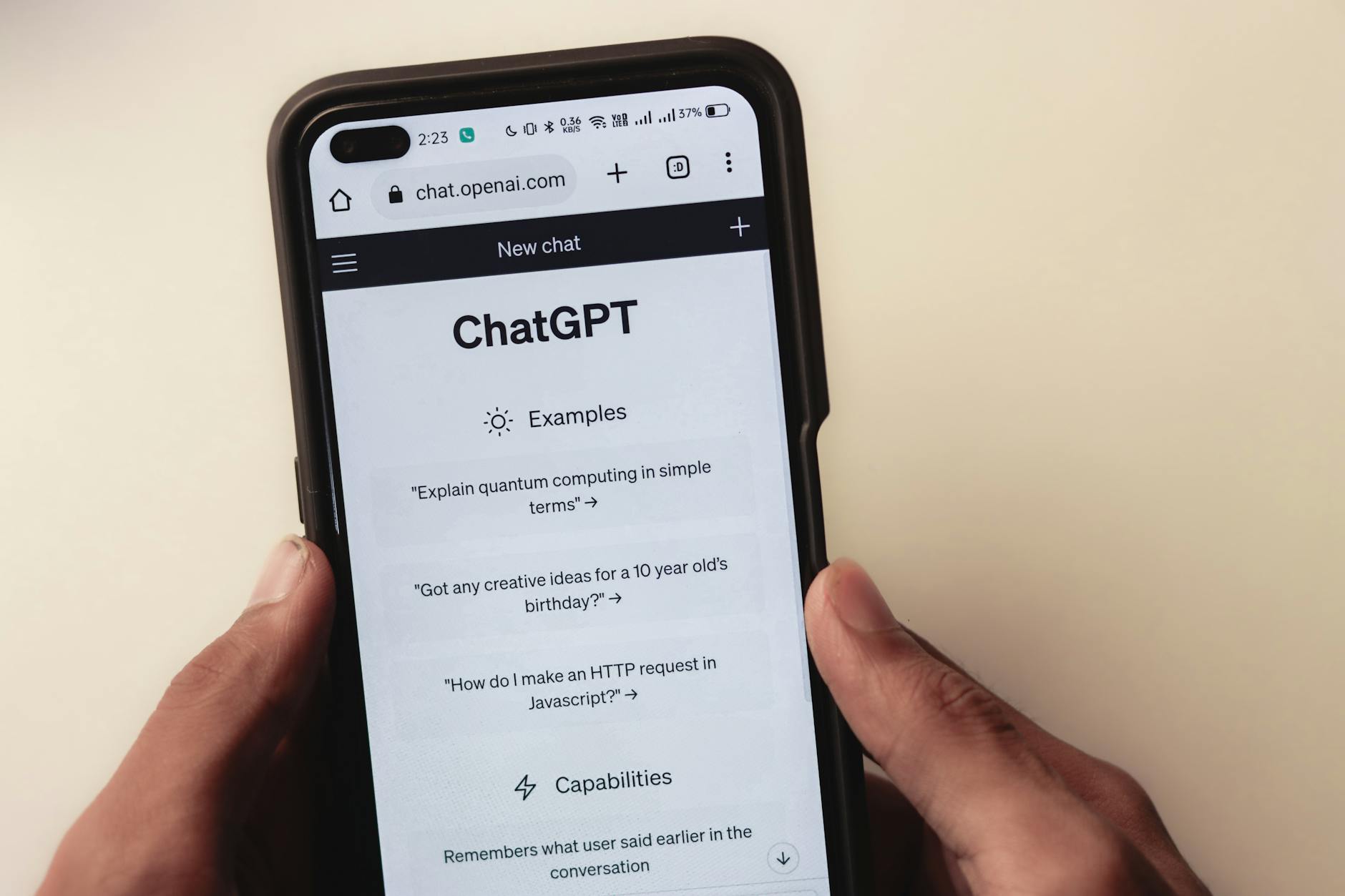The Prompt Engineering Paradox: Is AI’s “Cost-Effective Future” Just More Human Labor in Disguise?

Introduction: Amidst the frenetic pace of AI innovation, a recent report trumpets a significant performance boost for a smaller language model through mere prompt engineering. While impressive on the surface, this “hack” arguably highlights a persistent chasm between marketing hype and operational reality, raising critical questions about the true cost and scalability of today’s AI solutions.
Key Points
- The experiment demonstrates that meticulous prompt engineering can indeed unlock latent capabilities and significant performance gains in smaller, cost-effective LLMs.
- It signals a crucial industry shift where the expertise in “training” AI is increasingly matched by the demand for specialized “prompt engineering” to operationalize it effectively.
- The reliance on manual, iterative prompt rewriting, even if assisted by other AIs, exposes a fundamental fragility and lack of autonomous reasoning that continues to plague even advanced LLMs.
In-Depth Analysis
The Tau² benchmark’s discovery—a 22% accuracy boost for GPT-5-mini on agentic telecom tasks purely through prompt rewriting—is, on its face, compelling. It validates what many practitioners have long suspected: that the performance ceiling of an LLM isn’t solely defined by its architectural prowess but profoundly influenced by the clarity and structure of its instructions. The “hack” involved distilling verbose, ambiguous policy documents into precise, step-by-step directives, explicit tool calls, and clear binary decisions. This isn’t a new algorithm or a neural network breakthrough; it’s effectively an optimization of the communication layer between human intent and machine execution.
What this truly reveals is not necessarily a sudden “unlocking” of the GPT-5-mini’s reasoning capabilities, but rather a more efficient utilization of its existing capacity. Think of it less as boosting horsepower and more as providing a clearer, less cluttered roadmap to a destination the car was always capable of reaching. The implicit comparison to flagship GPT-5 (scoring ~97%) suggests GPT-5-mini isn’t inherently “limited” in all reasoning, but rather in its ability to parse complex, unstructured human language and infer intent. When the ambiguity is removed, its performance significantly narrows the gap. This suggests that the perceived “reasoning” gap between models might often be an “instruction comprehension” gap.
The real-world implication is immense. If smaller, faster, and five-times-cheaper models can be brought to 85-95% of flagship performance through judicious prompt design, the economic incentive for enterprises to adopt them becomes overwhelming. However, this pivots the complexity. Instead of investing heavily in larger models and inferencing costs, organizations must now invest in a new, highly specialized form of human capital: the “prompt engineer.” This isn’t just a role; it’s a new artisanal craft. The article’s candid admission of using Claude to help rewrite prompts underlines that even “AI-optimized” prompts are still a product of iterative human-AI collaboration, not fully autonomous generation. This isn’t simply comparing apples to oranges; it’s comparing a fruit that arrives peeled and segmented to one that requires significant prep work—the cost of which isn’t always factored into the initial “five times cheaper” pitch.
Contrasting Viewpoint
While the “prompt rewrite” delivers undeniable short-term gains, a skeptical eye questions the long-term viability and true novelty of this approach. Is a 22% jump truly a breakthrough, or a stark indictment of how poorly we were instructing these models in the first place? For senior architects, this feels less like advanced AI optimization and more like rigorous requirements engineering applied to an LLM. The underlying issue remains: LLMs, even advanced ones, are still highly sensitive to input phrasing. This sensitivity means that as domains evolve, tasks change, or new edge cases emerge, the “optimized” prompts will likely require constant, skilled human intervention. This iterative, often manual, process is inherently unscalable for enterprise-level deployments encompassing hundreds or thousands of unique agentic workflows. Furthermore, relying on one LLM (Claude) to optimize prompts for another (GPT-5-mini) creates a complex, multi-model dependency chain, raising concerns about potential vendor lock-in, versioning nightmares, and the cumulative cost of managing such a heterogeneous AI stack. The “cheap” model suddenly looks a lot more expensive when you factor in the ongoing human and external AI tooling overhead.
Future Outlook
In the next 1-2 years, prompt engineering will solidify its position as an indispensable skill set, transcending its current “whisperer” connotation to become a formalized discipline. We can anticipate the emergence of more sophisticated, AI-driven prompt optimization platforms that go beyond simple rewrites, incorporating dynamic adaptation, A/B testing, and version control for prompts. The drive for cost efficiency will accelerate the adoption of smaller, specialized models, making techniques like those demonstrated here critical for their viability. However, the biggest hurdle will be moving beyond bespoke, artisanal prompt crafting to a systematic, robust, and scalable engineering process. This includes developing frameworks for automatically generating and validating prompts across diverse tasks and domains, reducing the current reliance on manual iteration. Furthermore, the industry will need to grapple with how to embed this “prompt intelligence” directly into future model architectures, reducing their dependence on external, finely-tuned instructions and moving closer to truly autonomous, context-aware reasoning.
For more context, see our deep dive on [[The Illusion of LLM Reasoning and Real-World AGI]].
Further Reading
Original Source: Tau² benchmark: How a prompt rewrite boosted GPT-5-mini by 22% (Hacker News (AI Search))